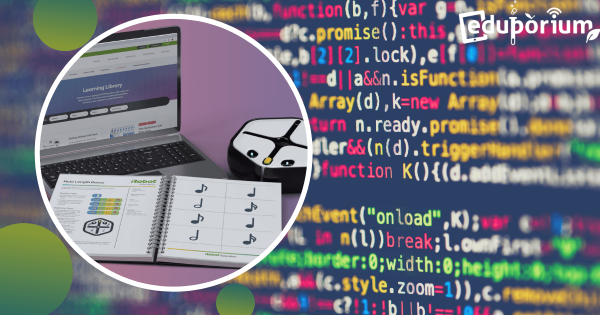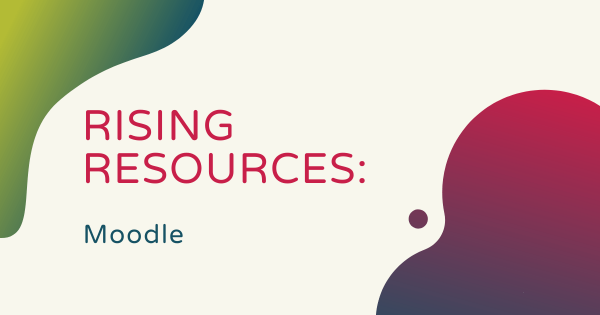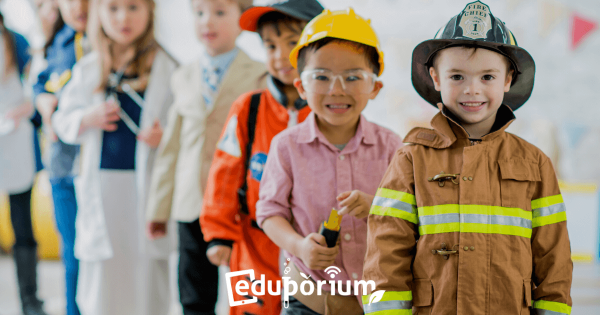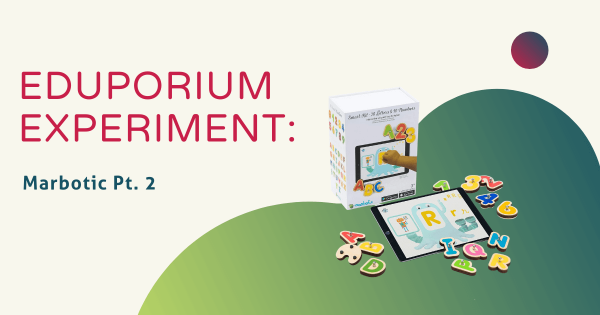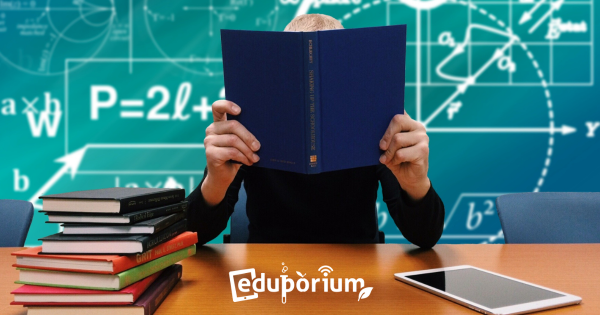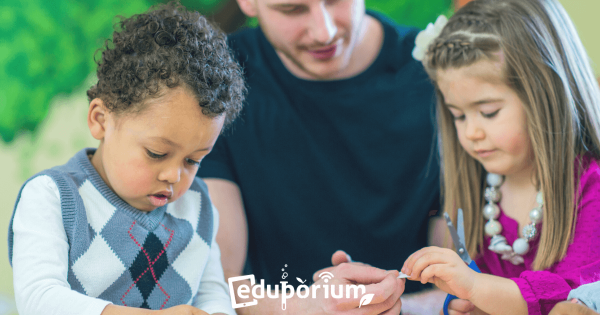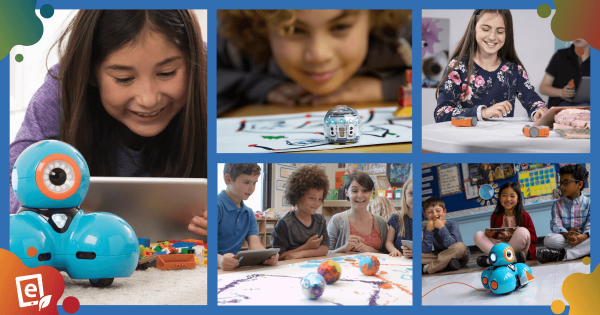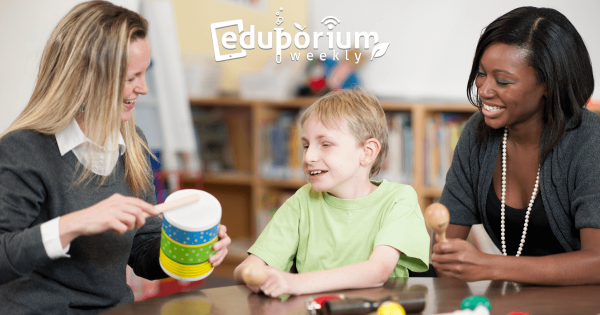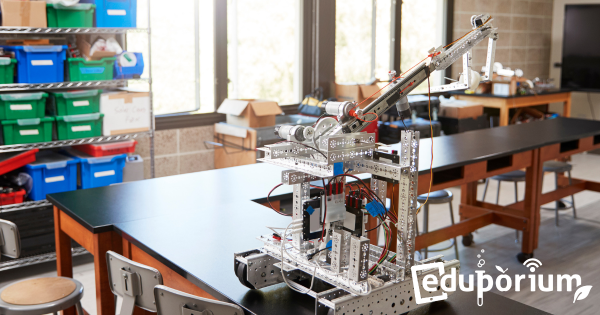We often preach about the importance of learning coding for students’ futures. As a skill, it might just be the most valuable ability they can possess as they move forward and, on the flip side, they could fall behind peers if they are not literate in coding. What we don’t always talk about, however, are the other benefits of learning
Students
-
Rising Resources | Moodle in Online Learning
There is a decent chance your school already uses Moodle as it supports 90 million users and tens of thousands of learning environments worldwide, including the London School of Economics, State University of New York, Shell, and Microsoft. Keep reading to learn why Moodle is such a recognized and Rising Resource for educators. -
Eduporium Weekly | Putting a Focus on Career Readiness
While it’s tough to determine how much of each should be in this balance, it seems pretty clear that a combination of STEM skills and soft skills will vastly benefit today’s students once they enter the workforce. Even though many of tomorrow’s careers have not yet been invented or evolved yet, we have a pretty good idea of how to -
Eduporium Experiment | Marbotic Pt. 2
Essentially, the premise of Marbotic is providing preschool teachers with a technology tool that engages students, allows for physical interaction, introduces letters and numbers, and helps build their foundational tech skills. You can probably see why we’re such big fans of this system and how it allows for tactile learning at such a young age! -
Eduporium Weekly | Successes With Personalized Learning
We understand that it is tremendously difficult for teachers to create custom lessons for each individual student, but we also fear that some students will be left behind if they’re not being taught in a way that works for them. Personalized learning is attainable—so long as educators take some certain steps and go about it in the right way. -
Eduporium Weekly | Partnering to Set Students up for Success
The way we look at it is that we can’t help educators increase innovation with technology if we don’t build partnerships with a variety of educational organizations. The obvious approach would be to go out and sell ourselves to as many schools as possible. We’ve realized, however, that there are many, many more ways to help children build the skills -
Differentiated Instruction Makes a Difference
The fact is that not all students learn in the same ways. Some are visual learners. Others need to hear things multiple times before it sticks. And, still others require a hands-on component so they can learn by doing. There is no wrong way when it comes to students’ learning style preferences and 21st century teachers have taken notice of -
9 Techy Toys that Boost Skills in K-2 Kids at Home
Many kids these days are happy holding a smartphone in their hands and using their thumbs to navigate a number of screens while opening dozens of apps they may or may not even understand. It’s also become clear that kids love technology. Here are some of the best ways to combine child-friendly play with beneficial technology to get kids excited. -
Eduporium Weekly | Maximizing Special Education With EdTech
While we realize that there’s a lot of technology for helping kids of all ages learn, we might sometimes forget that there are also tools to help students who learn in different ways. When it comes to school children with learning differences, EdTech tools can help them learn in the same ways they help the average kid learn—grabbing their attention -
Eduporium Weekly | Top-Notch Classroom Design
Classroom design is one of those things we never really give our teachers enough credit for working on but there certainly is some strategy that goes into planning out all aspects of the school day and teachers certainly don’t overlook the value of creating these welcoming, accommodating, and even aesthetically pleasing classroom environments.




